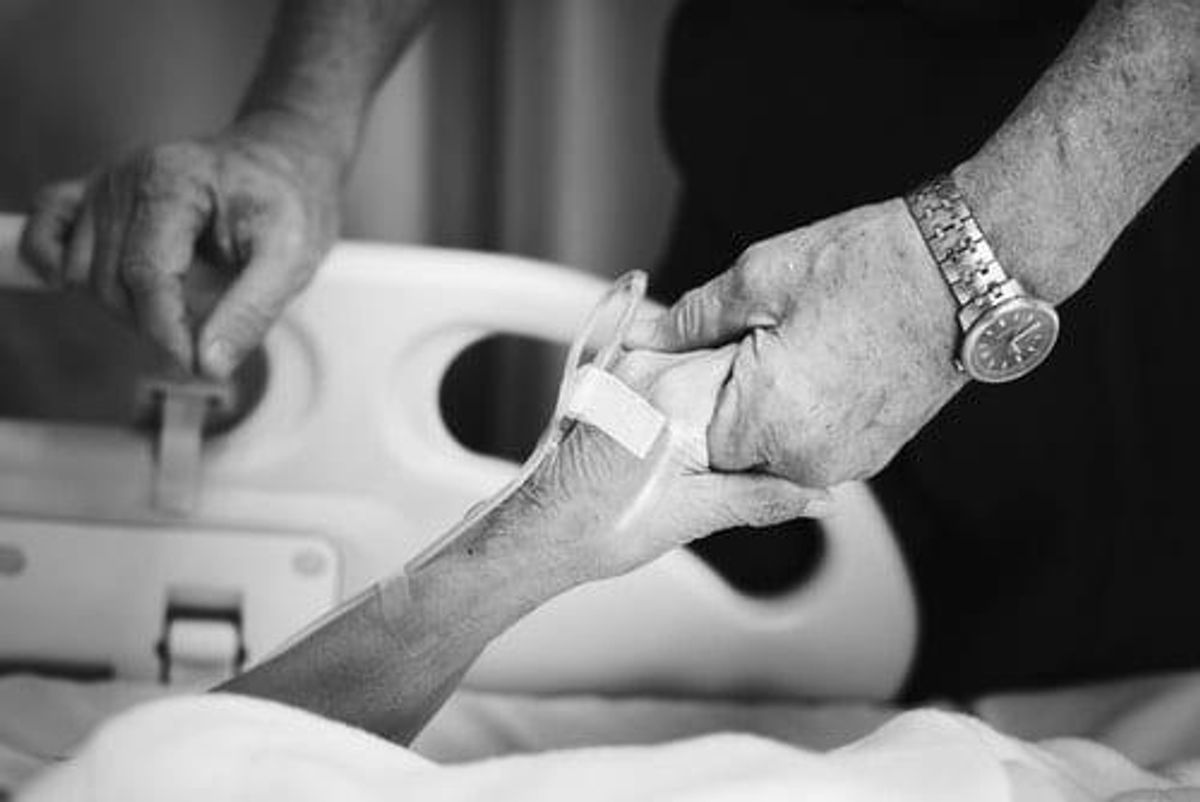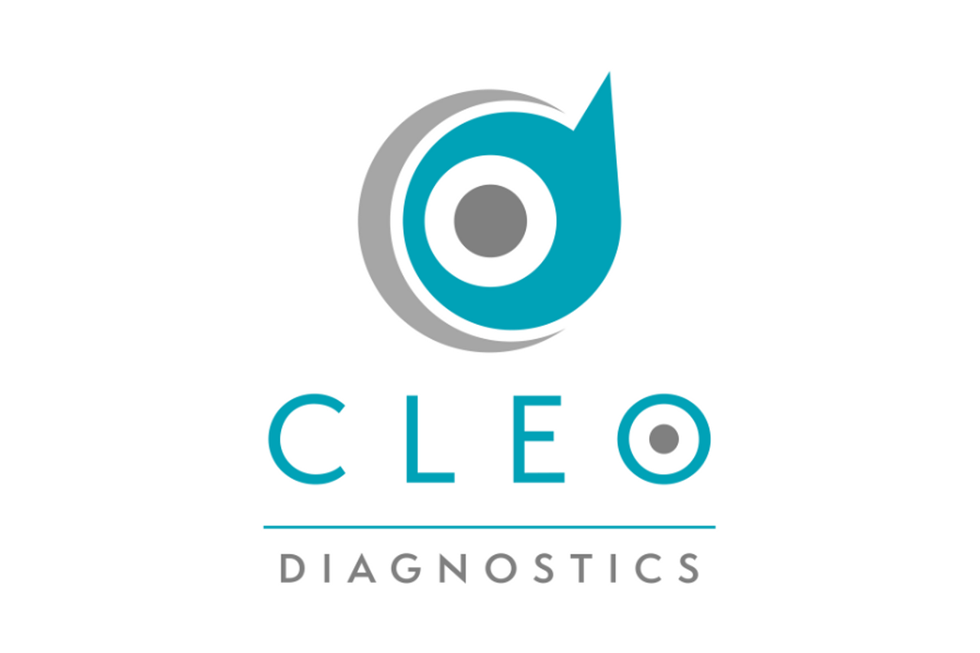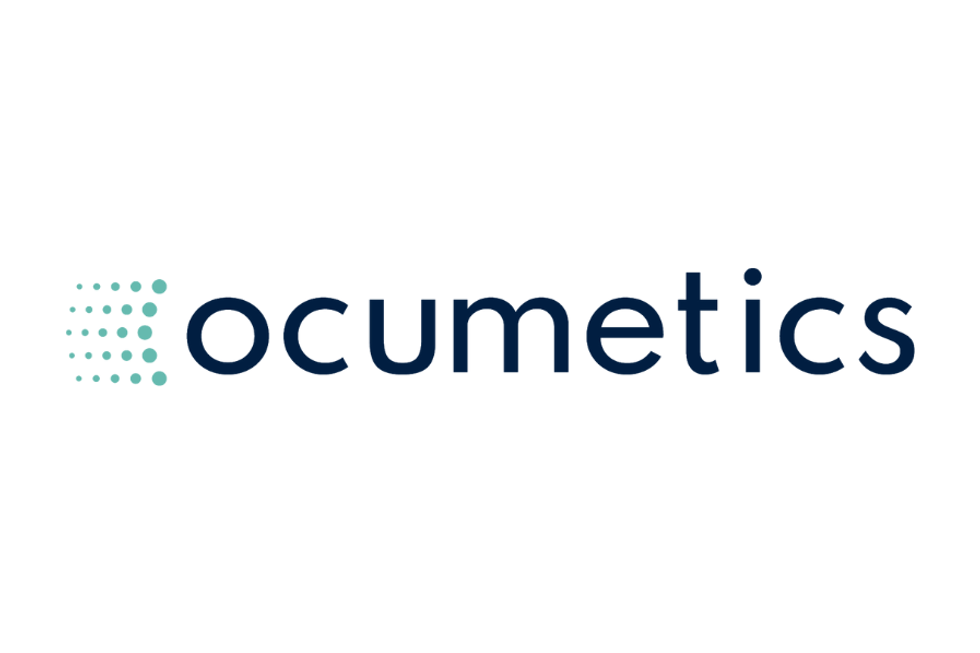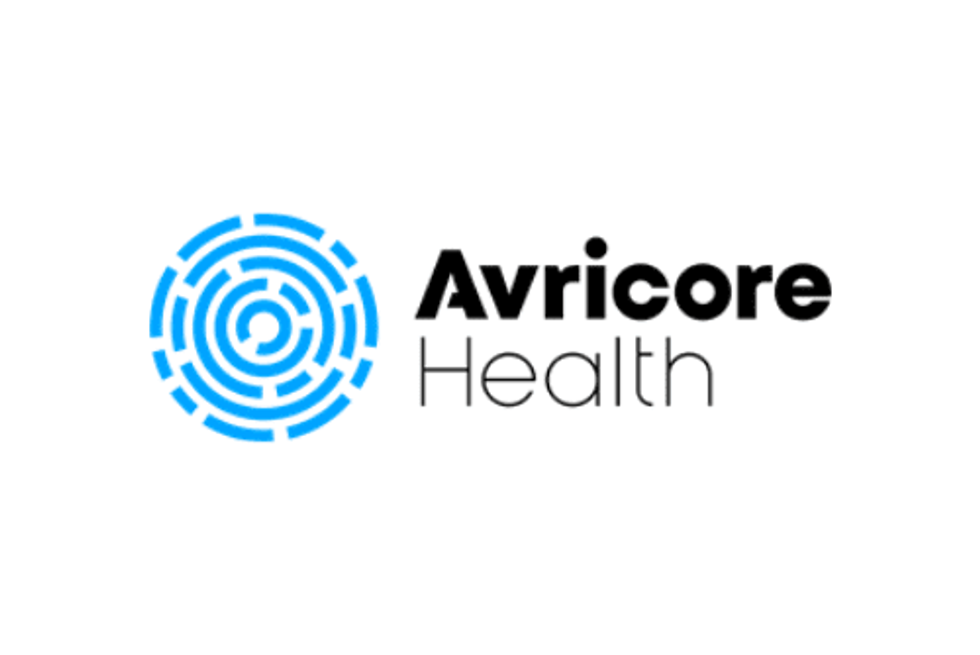EarlySense Tackles Patient Vitals in Real Time with Sensor

EarlySense’s contact-free continuous monitoring sensor is reshaping the continuum of care in checking patient vitals.
Medical technology company EarlySense is reshaping the continuum of care thanks to its contact-free continuous monitoring (CFCM) sensor.
Since the company’s inception in 2004, EarlySense’s CFCM solution has been installed in a wide range of hospitals, nursing homes and rehab facilities to help healthcare professionals detect patient deterioration and prevent code blue events. These include cardiac and respiratory arrests, ICU transfers, patient falls and pressure ulcers.
In an interview with the Investing News Network (INN), EarlySense CEO Matt Johnson said the 1 millionth patient was successfully monitored with the company’s CFCM sensor earlier this year — which was a massive milestone for EarlySense. He also touched on the company’s partnership with Hill-Rom (NYSE:HRC), a global hospital bed manufacturer.
“The reason that that’s significant and important to us is that, when we think about the number of patients that we monitor, or that our clients have monitored with the help of our sensors, we think of these in terms of saves,” Johnson said.
He added that, because this many patient lives have been improved with the company’s technology, it’s an exciting milestone for EarlySense and its client partners that are providing care to patients.
Johnson explained that, even in the “best-staffed hospitals,” vital patient signs, including respiratory and heart rates, are typically taken only once or twice per shift, which he said translates to six times per day. According to Johnson, the respiratory rate typically get taken wrong.
“It’s asking a lot of the nurse to stand by the bed for a minute and watch the chest go up and down,” he said, adding that respiratory rates, heart rates and age are the three leading indicators of patient deterioration.
While vital signs are typically taken six times per day by nursing staff, Johnson explained, an EarlySense CFCM sensor takes it two times per second.
“Deterioration happens throughout the day, and spot checks just aren’t good enough,” he said. “It’s not because nurses are not well intentioned … They simply can’t be there constantly to catch deterioration through this accumulation of vital signs.”
According to a January press release, the company’s CFCM system will help institutions save US$3 billion over the next five years thanks to shorter hospital stays, an 86 percent reduction in code blue cardiac arrests, a reduction of ICU patient days by 45 percent and a reduction in hospital readmissions from post-acute care by 19 percent.
“If we can reduce … code blue event(s), then we can create an intervention,” Johnson told INN. “The majority of people, over a period of either hours or days, show early signs of deterioration and we should get ahead of that.”
On the heels of the company’s partnership with Hill-Rom and the successful monitoring of its 1 millionth patient, EarlySense completed a US$39 million round of financing to advance its system and analytics solution. The majority of the funding came thanks to Hill-Rom, and Johnson said the money will go towards the “development, implementation and support of that fully integrated sensor.”
As it stands, Hill-Rom has integrated EarlySense’s CFCM sensor into its Centrella Smart+ bed platform, which Johnson told INN is “pretty exciting.”
“What the big goal is is to have every bed (be) a monitored bed,” he commented. “What was most exciting to us about Hill-Rom is that (it) has such a market penetration that we can really accelerate our market adoption position.”
The EarlySense CFCM sensor is both US Food and Drug Administration and CE approved, with most of EarlySense’s clients being in the US, Canada, Europe, Asia and the Middle East. The system is primarily found in places where high-tech solutions to healthcare problems are becoming more common.
The overarching bed monitoring system and baby monitoring system market is projected for significant growth over the next five years, according to Research and Markets, with a range of public and private companies making waves in the space.
Between 2019 and 2024, the market is expected to grow at a compound annual growth rate of 7.9 percent, rising from US$1.3 billion to US$1.9 billion, fueled by “the rising adoption of unobtrusive monitoring solutions.”
EarlySense is a key player in the space, in addition to public companies like Sleep Number (NASDAQ:SNBR) and Lenovo Group (OTC Pink:LNVGY).
While EarlySense is currently a private company, Johnson said that if it can continue growing at its current pace, EarlySense could have options like a public offering.
“My goal is to give us options when it comes to strategic directions,” Johnson said. “I wouldn’t discount a public offering, but I’ll say that in the short to midterm, we’ve got our heads down focusing on writing code, building products and delivering on our promises to our clients.”
Don’t forget to follow us @INN_LifeScience for real-time news updates!
Securities Disclosure: I, Jocelyn Aspa, hold no direct investment interest in any of the companies mentioned in this article.
Editorial Disclosure: The Investing News Network does not guarantee the accuracy or thoroughness of the information reported in the interviews it conducts. The opinions expressed in these interviews do not reflect the opinions of the Investing News Network and do not constitute investment advice. All readers are encouraged to perform their own due diligence.



